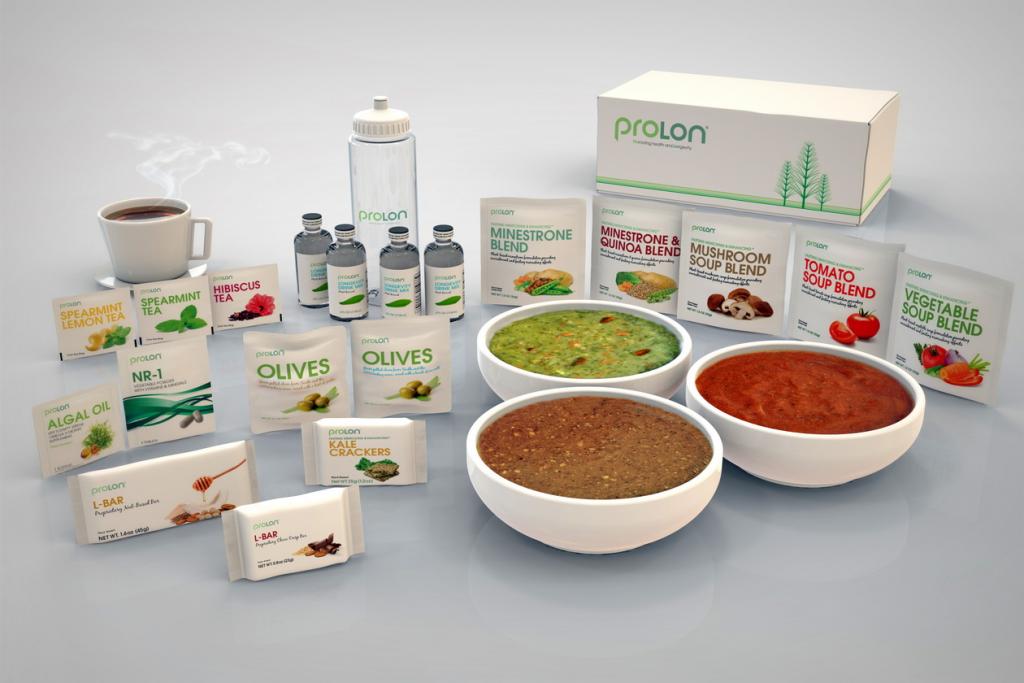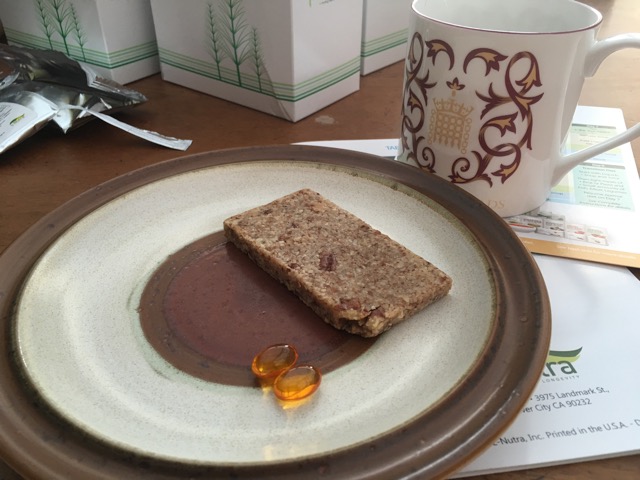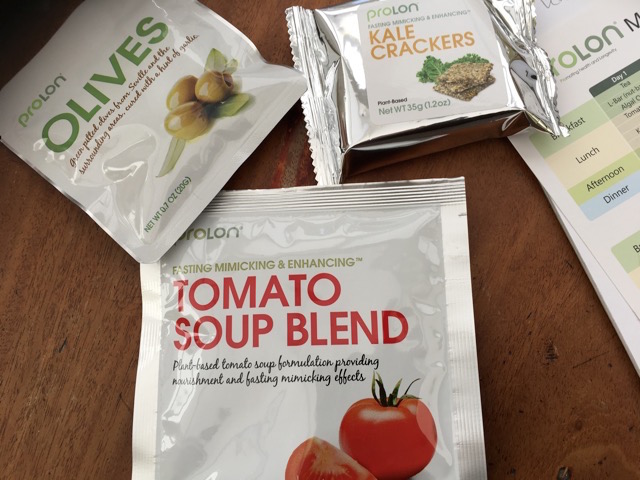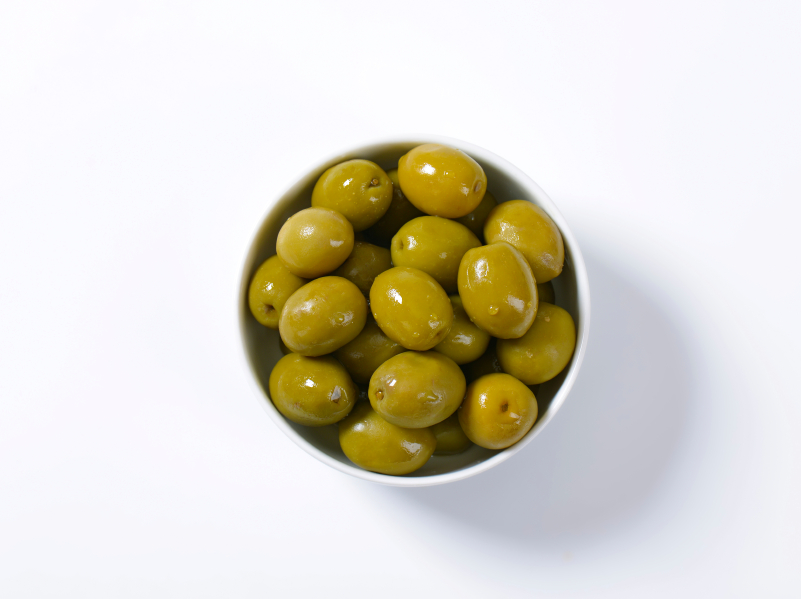
Resistance training builds too much muscle
If you’re going for that ‘lean’ look, people might have told you to avoid lifting heavier weights in case you end up bulking up rather than losing fat. Instead, they’ll suggest lifting lighter weights and doing more reps. These people are wrong. Lighter weights simply do not create the level of metabolic effect needed to initiate fat loss, which means you might not be enjoying the full fat burning potential of your training sessions.Resistance training with heavier weights is an amazing weight loss method, because as your strength develops you’ll be burning more and more fat when you’re not even working out. Regular resistance training with heavy weights serves to increase your metabolic rate by as much as 15 per cent according to a study published in the Journal of Applied Physiology, which speeds up the rate at which you burn calories.
Crunches will give you a flat stomach
Crunches have long been the exercise of choice for people looking for a toned flat stomach, but they’re wasting their time. And so are you if you are doing thousands of crunches hoping to lose body fat on your stomach. Crunches are a hugely ineffective fat loss exercise. A study published in the Journal of Strength and Conditioning compared a group of people doing crunches every day to a control group of people doing absolutely no exercise. They found that there was no noticeable difference in body fat between the two groups after six weeks.In fact, crunches are so ineffective that experts at the University of San Antonio found that it would take 22,000 crunches to burn just a pound (0.5kg) of body fat. Targeting your stomach for specific weight loss is impossible, but you can speed things along a bit. Try a combination high intensity cardio session with sprint intervals and hill training, coupled with core-building exercises like the plank. This will turbo-charge your metabolism and strengthen your core at the same time.
Leg extensions burn fat on your legs
We’ve said it time and time again; spot-based exercises do not work for burning fat. But go into any gym in the world and you’ll see someone on the leg press machine for seemingly hours on end trying to ditch the fat on their thighs. Sadly, it’s not going to work. Leg extensions are an isolated exercise that develop the quadriceps, but do nothing for the body fat surrounding them. That means all you’ll be left with is defined quadriceps hidden under a layer of fat.What you really want to be doing is compound exercises that will define your legs whilst simultaneously burning body fat. A great leg-based fat burning exercise session you can try is a set of jumping lunges. Think of a standard lunge that then springs into a lunge on the opposite leg, all the while swinging your arms. It’s almost like an exaggerated version of running on the spot, and will really help you to burn fat.
You should stick to the same workout
Once you’ve found a workout routine that works well for you, it can be tempting to stick with it indefinitely. This is a huge fat burning no-no. It’s thought that the human body takes around three weeks to adapt to a workout, after which point the results from that workout will gradually diminish. Before you know it, you’ll be meeting the dreaded fat loss plateau. That’s why if you want to burn fat effectively, you need to mix up your workouts.Now we’re not saying you need to switch your workout routine every day. All you need to do is challenge your body from time to time by throwing a variety-filled circuit training session into your training schedule, and you’ll see sustained fat loss results. If you can’t fit in any circuit training, variety can even be as simple as changing the amount of reps you do of a certain exercise, or the weights that you lift.
Ab-stimulators will give you a flat stomach
If any new-fangled effort-free workout machine sounds too good to be true, then it probably is. The fat burning-lie that ab-stimulators can give you a flat stomach has generated millions of pounds for the fitness industry, so you can see why this is a lie you hear so often. Researchers at the University of Wisconsin tested these electronic ab-stimulators, and found that they did cause the abdominal muscles to contract as claimed in the adverts. However, this contraction did not activate the chemical or neural signs that lead to muscle development, meaning the machines are effectively a waste of time.These machines are in fact so useless, that the researchers could not notice any difference between a group of people who had been using ab-stimulators daily, and a group who had not used them at all. No extra abdominal development was noted, and absolutely no fat loss was measured. No matter how much you want there to be, there is no effort-free fat loss technique out there.
https://www.realbuzz.com/articles-interests/fitness/article/5-fat-burning-lies/












